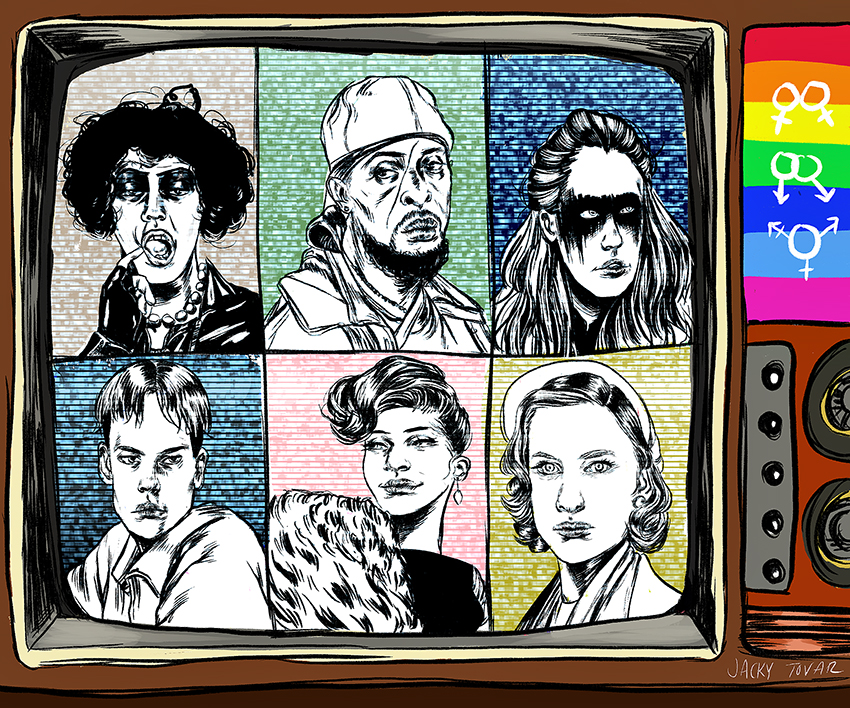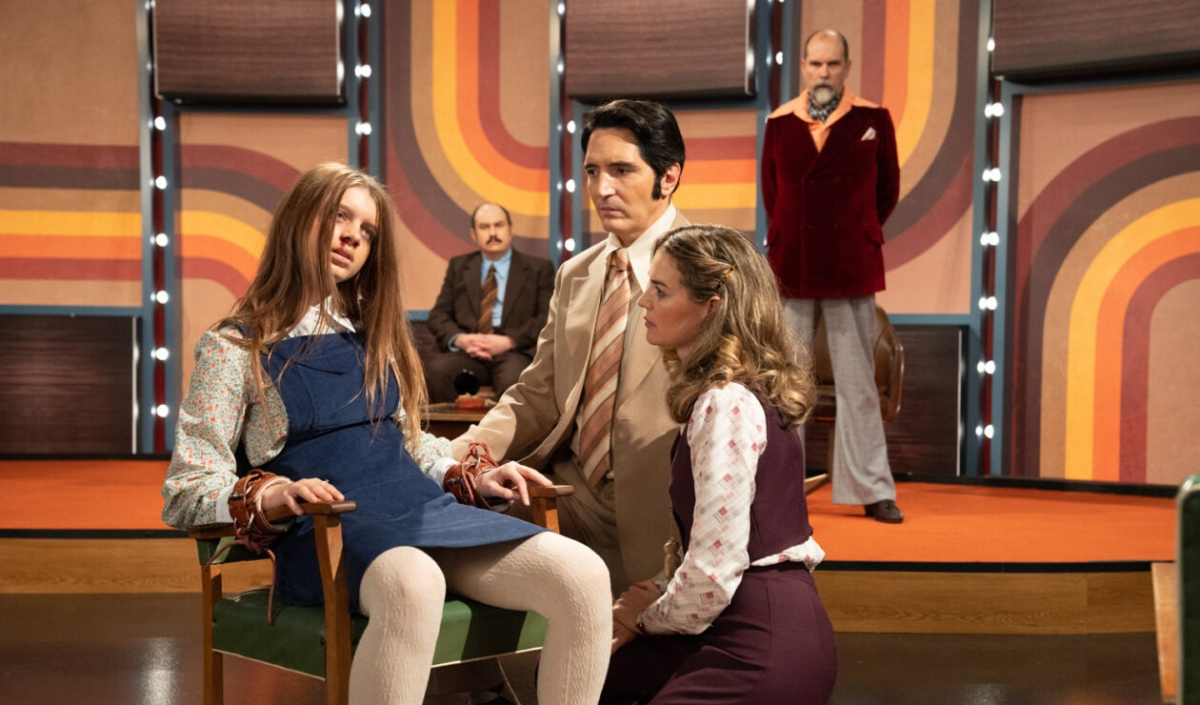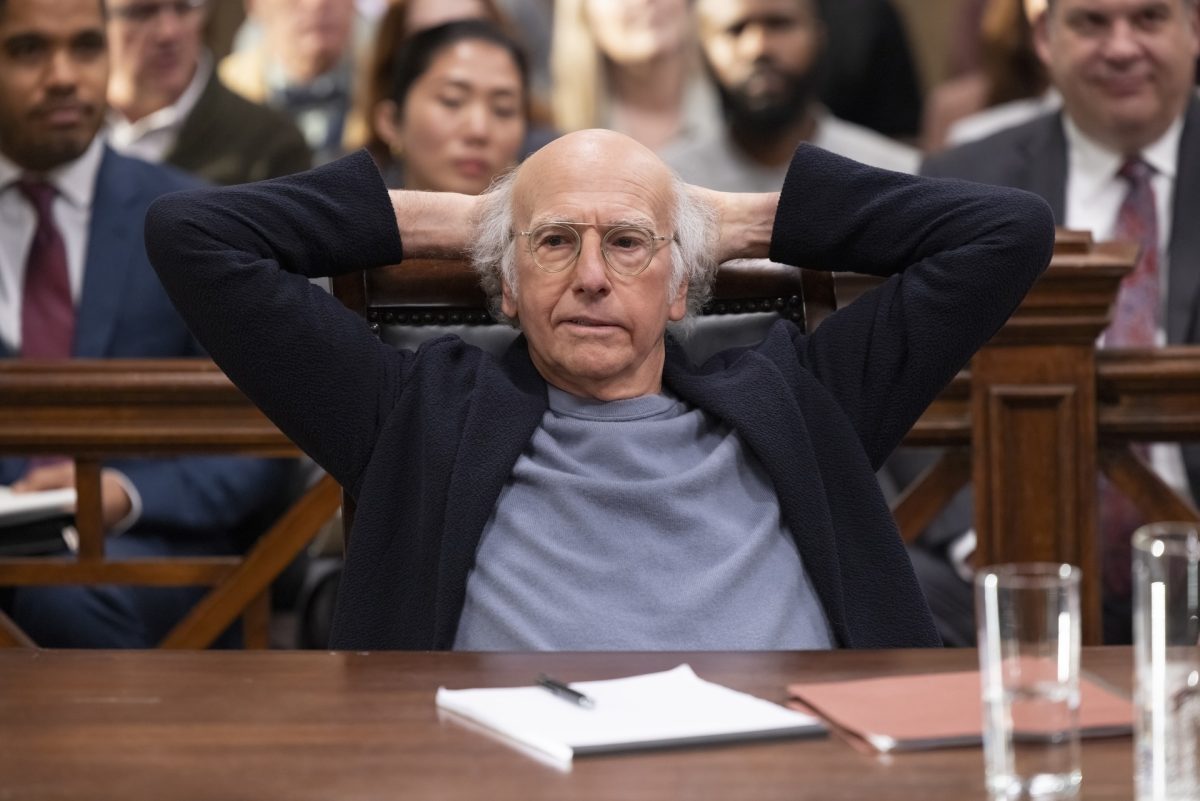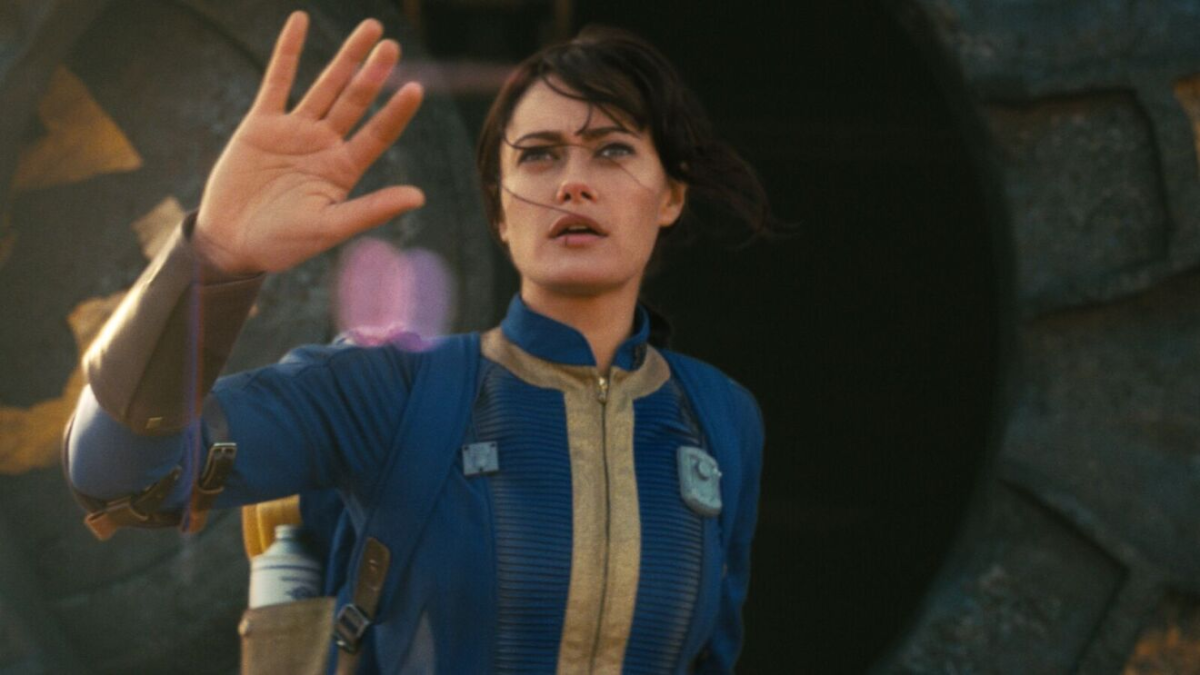Following this past television season, audiences seem to be clear on one thing: LGBT representation is important — and lacking — in the industry.
Outrage following the deaths of LGBT characters on popular shows like “The 100,” “The Walking Dead” and “Empire” materialized in the form of Twitter trends and online petitions as fans grieved the loss of LGBT voices. Despite an increase in LGBT legal rights, such as last year’s Supreme Court ruling on same-sex marriage, television and film are taking longer to demonstrate similar equality.
Radio-television-film professor Anne Lewis, who teaches social activism in film, said younger people are more vocal than their predecessors about topics like LGBT representation in the media because they are growing up in a time of great societal change. In her class, students create social activism documentaries and discuss how these changes are represented in film.
“If you look at a movement in this generation that’s really come an incredible distance, it would be the movement for LGBT rights,” Lewis said. “The goal in making these films is to really push forward and try to work together with social movements to make real societal change.”
Lewis said under-represented groups in media are also typically marginalized and discriminated against in society. However, she said giving attention to this issue through film can help push forward social change and document it as it happens.
Data from GLAAD’s 2015 report “Where We Are Now” shows the number of LGBT characters on broadcast, cable and streaming series is steadily increasing. From 2014 to 2015, the number of regular LGBT characters leapt from 64 to 84. But the overall numbers are still low, as only four percent of characters across all programming that year were identified as lesbian, gay or bisexual.
Advertising sophomore Shorna Haque, who identifies as lesbian, said shows like “Orange is the New Black” bring attention to the hostility LGBT individuals face on a daily basis, but they fail to positively reflect the diversity of their viewership.
“LGBT characters are often made out to be antagonists, [while straight] characters are displayed as heroes,” Haque said. “Whenever a film fails to represent diversity — and the fact that LGBT people are just normal people — it makes society a lot more hostile towards those who are LGBT.”
During this month’s ATX Television Festival, panelist Javier Grillo-Marxuach, co-executive producer of “The 100,” addressed the online backlash after the death of the show’s lesbian commander, Lexa. He said viewers’ passionate responses helped him better understand the delicacy required when writing about LGBT characters.
“If you don’t have a personal connection to the story you’re telling, perhaps it’s not your story to tell,” Grillo-Marxuach said during the panel. “You have to educate yourself before you jump over that threshold because you’re dealing with people’s lives.”
Media representation is relevant to people’s lives, Lewis said, because ideas perpetuated by the film industry permeate society. But the push for LGBT rights becomes stagnant when those characters don’t have a place on screen.
“I am never clear on whether public opinion fuels what we are given in terms of mainstream media, or whether mainstream media also pushes public opinion toward something,” Lewis said. “It’s a kind of circular pattern, and we’re all part of this.”





















